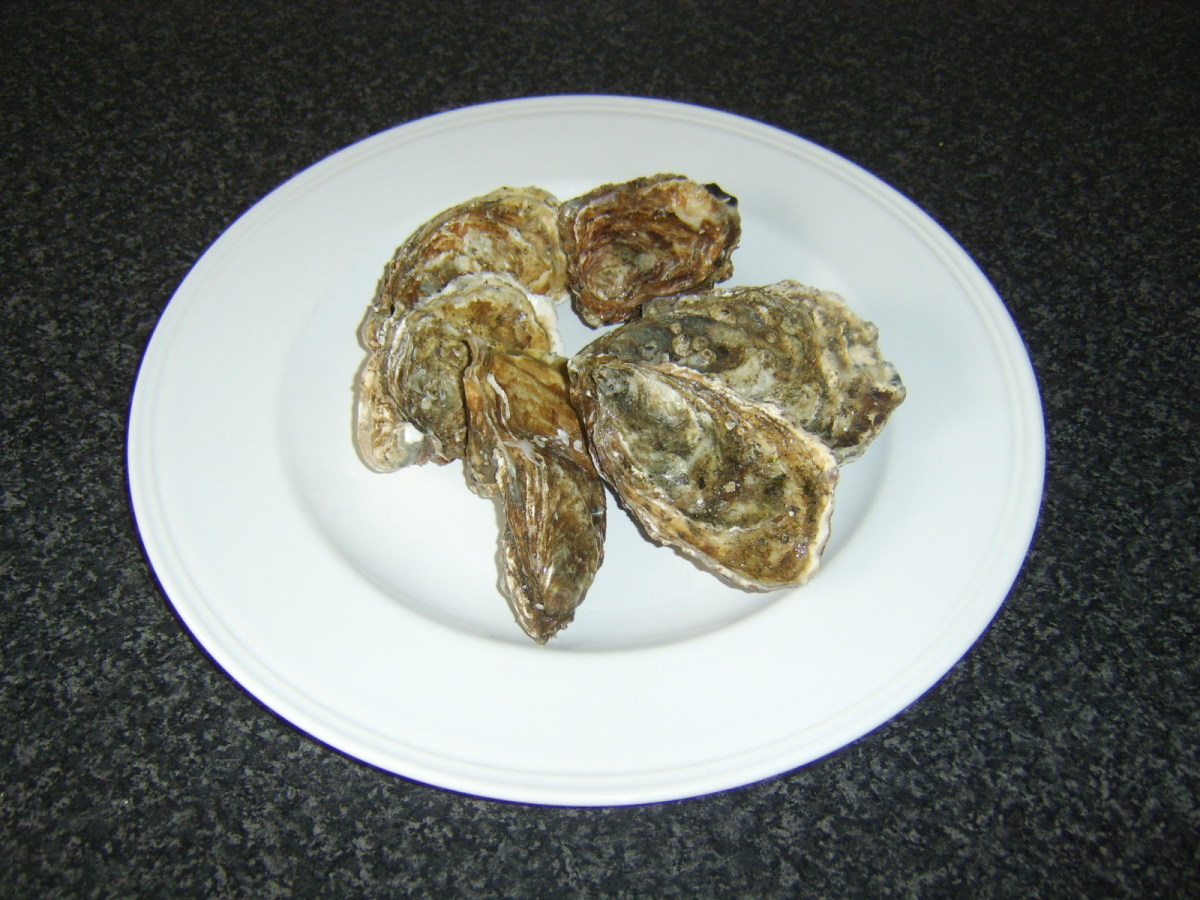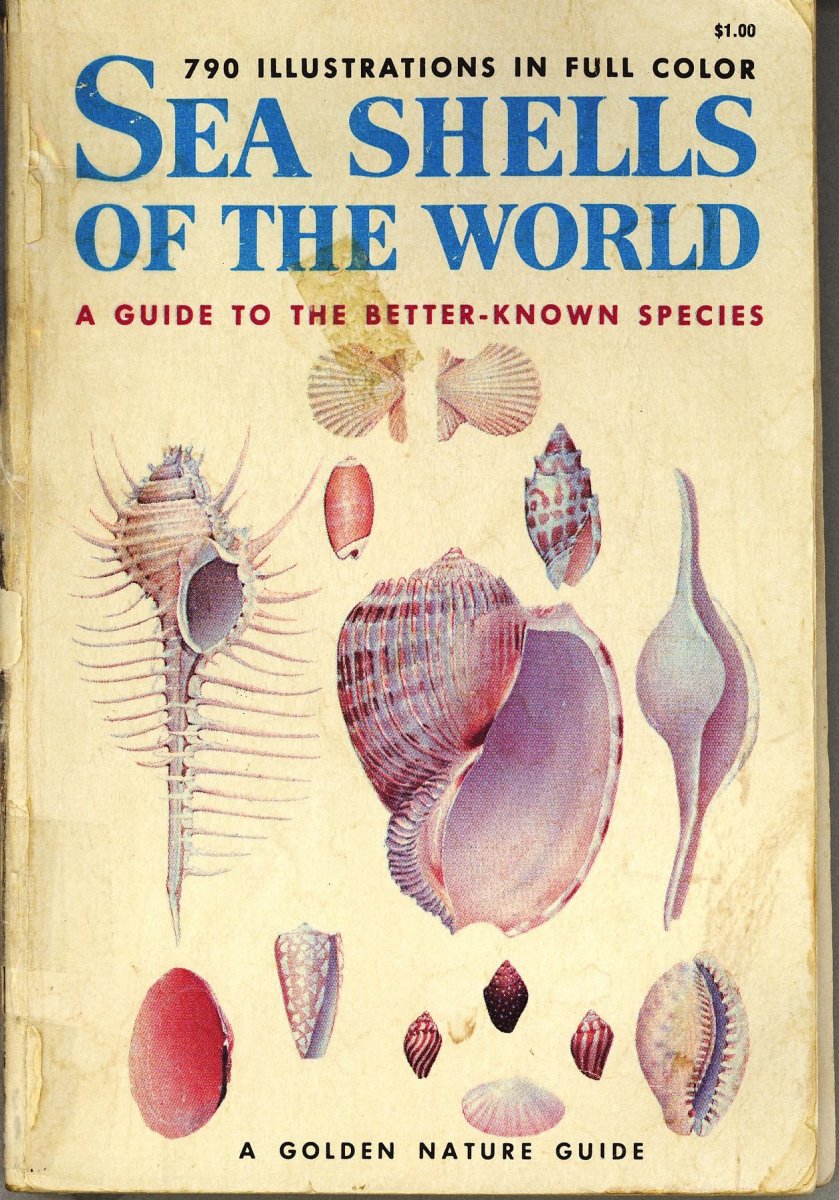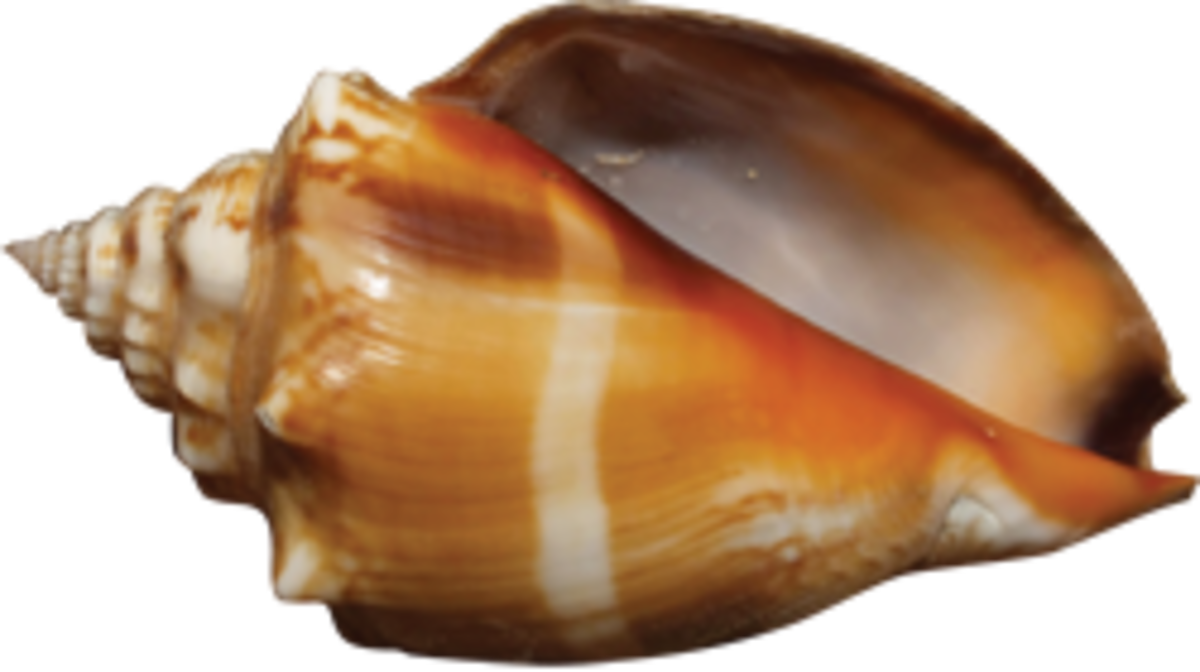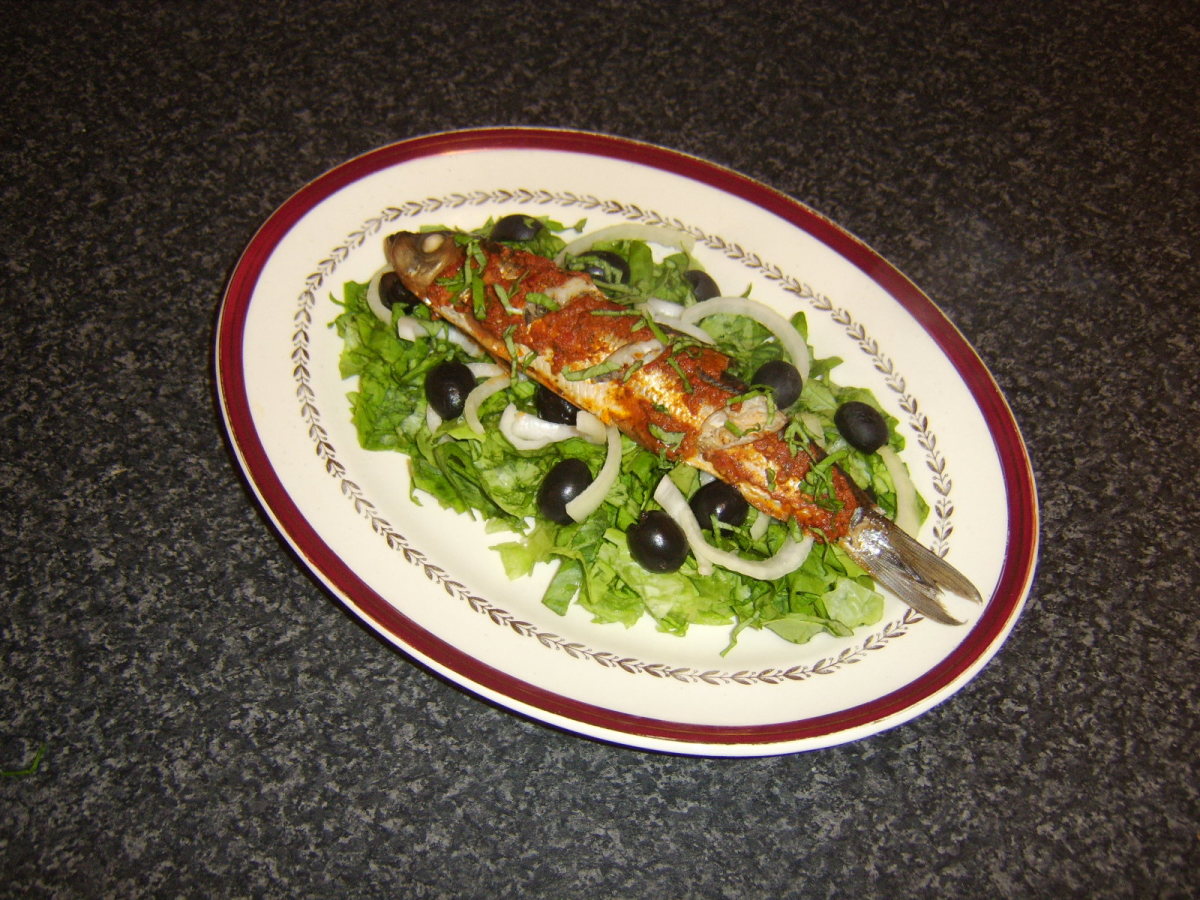How To Proven Methods of Shucking Oysters
How to Shuck an Oyster
Here is everything you always wanted to know about:
- the proven methods of shucking oysters;
- knowing your health risks in shucking oysters;
- taking proper precautions in buying oysters;
- the best methods for opening oysters; and
- the right tools to use for the shuck.
My Cajun Grandpere Emile used to say in Cadien, "If it swims or lives in the water and it doesn't eat us first, we eat it." Oysters certainly fit this category. Since we lived near the Barataria-Terrebonne National Estuary, many of our relatives were employed in the wholesale oyster harvesting industry. Learning the various methods of shucking oysters was almost a rite of passage once we were adults.
If you've never shucked an oyster, it may seem like a daunting task. Don't get disheartened if after your first few tries, you have a horde of minced up oysters -- just pretend you did that on purpose, as part of your secret recipe for oyster stew. However, once you've gotten the hang of it with a few practice oysters, be assured that you'll be able to shuck oysters competently, quickly, and come off looking like a professional oyster shucking champion.
In spite of this, before you begin, there are a few basic precautions and considerations you need to take:
Know Your Risks!
First and foremost, anyone who handles or shucks oysters needs to understand and take some basic safety measures. A common source of this infection can come from shucking oysters without using the proper tools, protective gear, or safe handling precautions. Since shucking oysters can be both a source of fresh wounds and a potential for previously acquired wounds, sores, scratches, or burns exposing you to a vibrio infection. Additionally, the oysters themselves can contain the bacteria.
A vibrio infection stems from a bacteria found in warmer coastal marine waters, as seawater biologically contains this bacteria. This infection can cause runny diarrhea and abdominal cramps. It can also be very hazardous and even deadly for people with compromised immune systems (such as diabetics, AIDS patients, those with cancer, kidney, stomach, blood disorders, and liver disease). Nor, is oyster shucking a task for children, there are just too many opportunities for them to get hurt or ill from this activity.

Take Prudent Precautions in Purchasing Your Oysters!
Secondly, ALWAYS procure oysters from a trustworthy licensed seafood vendor. Examine all of the oyster shells carefully. Make sure that your oyster shells are either firmly closed or no more than a little open. If the shells are open, drum them with your finger. If the shell closes, the creature is alive and harmless to buy. However, if the shell yawning open or does not close, it's dead and it can make you seriously ill - don't buy it. Many swear by another technique for checking to see if your oysters are alive - by tapping two oysters together. If you hear a hallow sound, the oyster is dead.
Always inquire of the vendor, when they obtained the oyster shells to ascertain that they are not old. Make sure that they don't smell. Buy your oysters preferably on the day you plan on shucking and eating them. While some will recommend that they can be kept refrigerated for up to four days - that just isn't worth the risk.
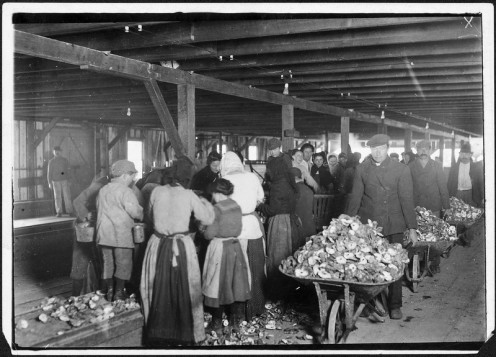
Further Precautions At Home:
Once home, check the oysters over one more time and discard any that may have died in transporting them. Then, with a stiff bristle or wire brush, scrub them thoroughly under cool running water. This is an extremely important step to reduce dirt and bacteria.
Live oysters should never be stored in lidded or airtight containers or bags. Stored thus, they will kick the oyster bucket from lack of oxygen. Instead, loosely shield them with clean, damp paper towels, newspapers, or cloths to prevent them from drying out. Store them in your refrigerator -- being vigilant to not kill them by cross contamination of raw meat or poultry juices. DO NOT store them directly on ice, as that too will kill them. The best temperatures for short time storage are between 35 degrees F. and 40 degrees F. The only way you can accurately gauge this variation, is to use a refrigerator thermometer to check and adjust.
The wrong tools are:
- Hammers
- Crow bars
- Screw drivers
- Claws
- Regular knives
- Steak knives
- Ice pick
Tools Needed for Each Oyster Harvester!
Generally, shucking oysters is a potentially dangerous task, but with the right tools, you can lessen the chances that you will cut or otherwise maim yourself. Oysters have sharp ridges and sometimes barnacles on the outside shell. In addition, sometimes the outside shell will send flying tiny pieces through the air as your shuck.
The right tools are:
- 2 - Thick kitchen towels;
- Protective eye gear (I know men especially don't want to hear this - but not using safety goggles adds to the chance you could get a serious ocular infection, if any shell pieces get in your eyes);
- A good oyster knife with a sturdy handle and curved tip;
- Heavy duty garden gloves or oyster harvesting gloves (This is a necessity as oysters have both sharp ridges and barnacles on the outside shell);
- Container with cover to hold oyster meats and their juices;
- Secondary larger container filled with ice to sit the oyster meats container inside of;
- Hard and stable work surface (picnic table, workbench, solid counter-top).
- Something to tie back your hair.
- Put on an old apron or tie an old towel around you. This is a messy job!
Now -- You are Ready to Commence Oyster Harvesting!
This is where you learn, there is no correct way to shuck oysters. It simply comes down to what is the best method for each individual harvester.
Basically, there are three preferred methods of shucking oysters.
They are:
- The Side-door Shuck (Right handed and Left handed)
- The Front Lip Shuck
- The Hinge Shuck
The Side-door Shuck:
Right Handed Method:
• Place the oyster curved side down, with the hinge in front of you. If you are a novice or simply prefer it -- put a towel on the shucking surface to soak up juices and wipe your knife on periodically;
• Find the small opening between the two shells in the UPPER right-hand corner of the oyster;
• Introduce the knife tip between the two shells at the 2 o'clock position. NOTE: A few oyster shells will need a slight boring action of the knife tip to penetrate. Additionally, if the shells are thickly fluted, you'll have to break off the fluted edge near the position of insertion, with the blunted end of the oyster knife, before inserting the tip;
• Maintain the knife blade positioned flat and parallel to the rim of the shells;
• Remember to keep the hand supporting the oyster shell, away from the blade's path in case of slippage;
• Smoothly thrust the knife blade further inside;
• Then, move the blade back and forth, to sever oyster muscle, while simultaneously making sure it is always pressed upwards, towards the top of the shell;
• As soon as you find the top shell "giving" a little, you can gently force open the top of the shell away from the bottom;
• Do not tug the shells apart completely, to keep the oyster tissue intact;
• Then, use the knife blade to lightly scrape any oyster tissue off the inner top of the shells inside;
• Pull top shell completely off;
• Place knife blade under the oyster meat and cut muscle from bottom of shell;
• Tilt the bottom shell over your container and let oyster and juices fall into it.
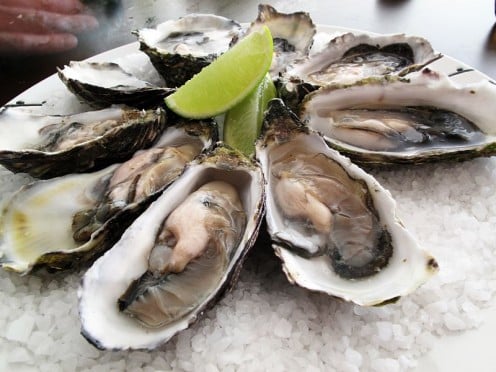
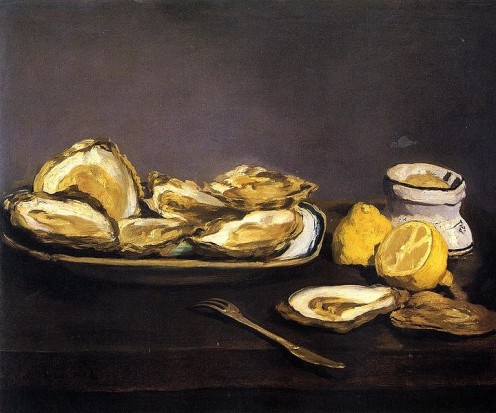
The Left Handed Shuck:
• Position the oyster cupped side down, with hinge facing away from you. If you are a novice or simply prefer it -- put a towel on the shucking surface to soak up juices and wipe your knife on periodically;
• Look for the tiny gap between the two shells, in the LOWER right-hand corner of the oyster;
• Insert the knife tip between the two shells at the 8 o'clock position. NOTE: A few oyster shells will need a slight boring action of the knife tip to penetrate. Additionally, if the shells are thickly fluted, you'll have to break off the fluted edge
• Near the position of insertion, with the blunted end of the oyster knife, before inserting the tip.

The Hinge Shuck:
• Rest the oyster curved side down; with the hinge in front of you;
• Introduce the tip of oyster knife between the two shells at joint;
• With a twisting motion, smoothly pry the shells somewhat apart;
• Re-introduce the blade down the top of shell and cut the muscle, you'll know when you've accomplished this, as the top shell will "give" a little;
• Do not tug the shells apart completely, to keep the oyster tissue intact;
• Use the knife blade to lightly scrape away any oyster tissue off the inner top of the shells inside;
• Pull the top shell off completely
• Place knife blade under the oyster meat and cut muscle from the bottom of the shell;
• Tilt the bottom shell over your container and let oyster and juices fall into it.
Raw Oyster Lovers Come in All Ages
Other Tips for Making Shucking Oysters Easier!
Many cooks have their own bucket of oyster tricks that they all swear by, here a few suggestions to make the job easier:
- Before shucking, submerge oysters in white vinegar water for a few seconds;
- Steam oysters for a few seconds;
- Bake for 1 minute in a conventional oven at 300 degrees F.
- Place the oysters in the freezer for three hours. The ice will have lifted the top shell making shucking easier, then thaw before eating;
- Others swear by: Relaxing the oysters by placing them in the freezer for only ten to fifteen minutes.
- Make sure to occasionally sharpen the tip of your oyster knife, especially if you use the side-entry method of opening.
Professional Chef Method of Shucking Oysters
- BBQ at Tomales Bay Oyster Company | Foodhoe's Foraging
Wonderful details and pictures about Tomales Bay Oyster Company - Oysters 101: shuck, jab and twist
Learn about the Malpeque oyster - Shucking Oysters - Cooking Louisiana
Shucking Oysters - Cooking Louisiana - Shucking Oysters in Sydney
Slurping oysters and shucking oysters in Sydney Australia - Shucking Oysters - Cooking Louisiana
Shucking Oysters - Cooking Louisiana
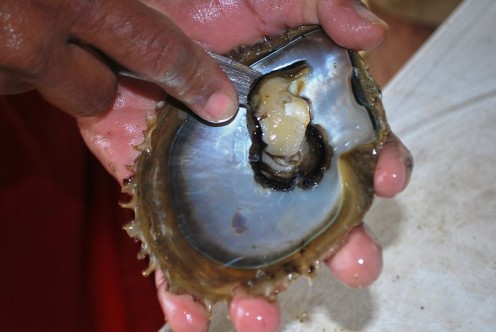
Safety First - The Proper Oyster Glove
If you are planning on eating a lot of oysters, or are expecting a large crowd --the safest way to insure that you will not nick, or cut your fingers or hands, is to wear proper oyster shucking gloves. These gloves make the slippery job of oyster shucking a lot safer and a faster.
So unless you are Marcel Lesoille (a Frenchman who supposedly could shuck 2,064 oysters in an hour), it may be worth the investment just to save a trip to the emergency room. Keep in mind though, oyster gloves can be as cheap as under $5.00 and more $400.00 (chain mail glove). Furthermore, oyster gloves come in all sorts of varieties.

